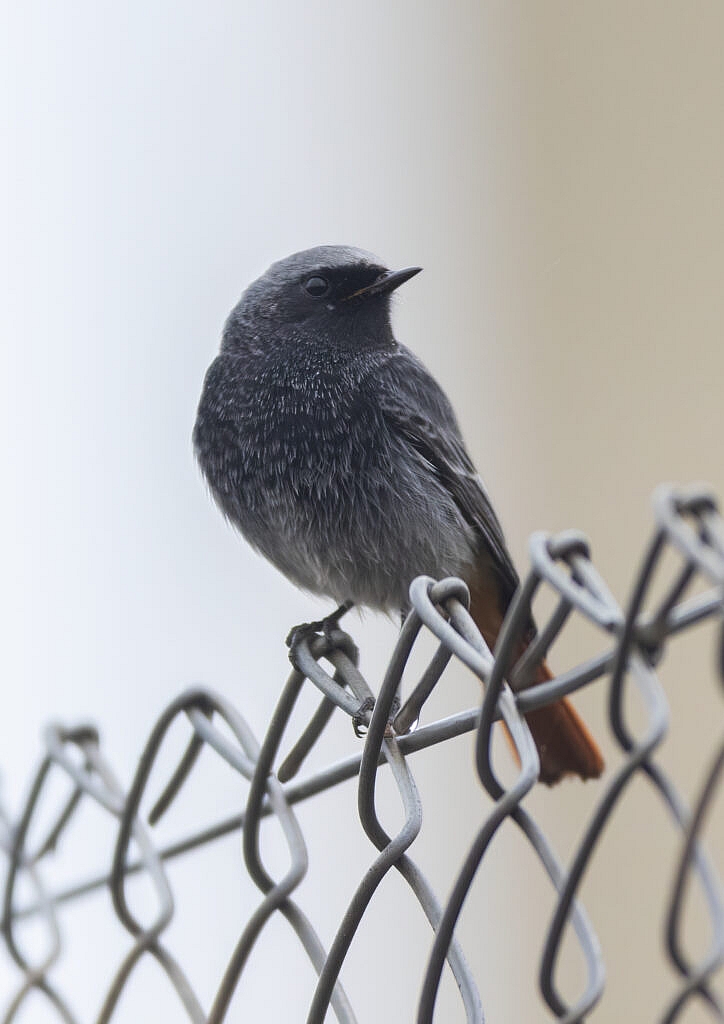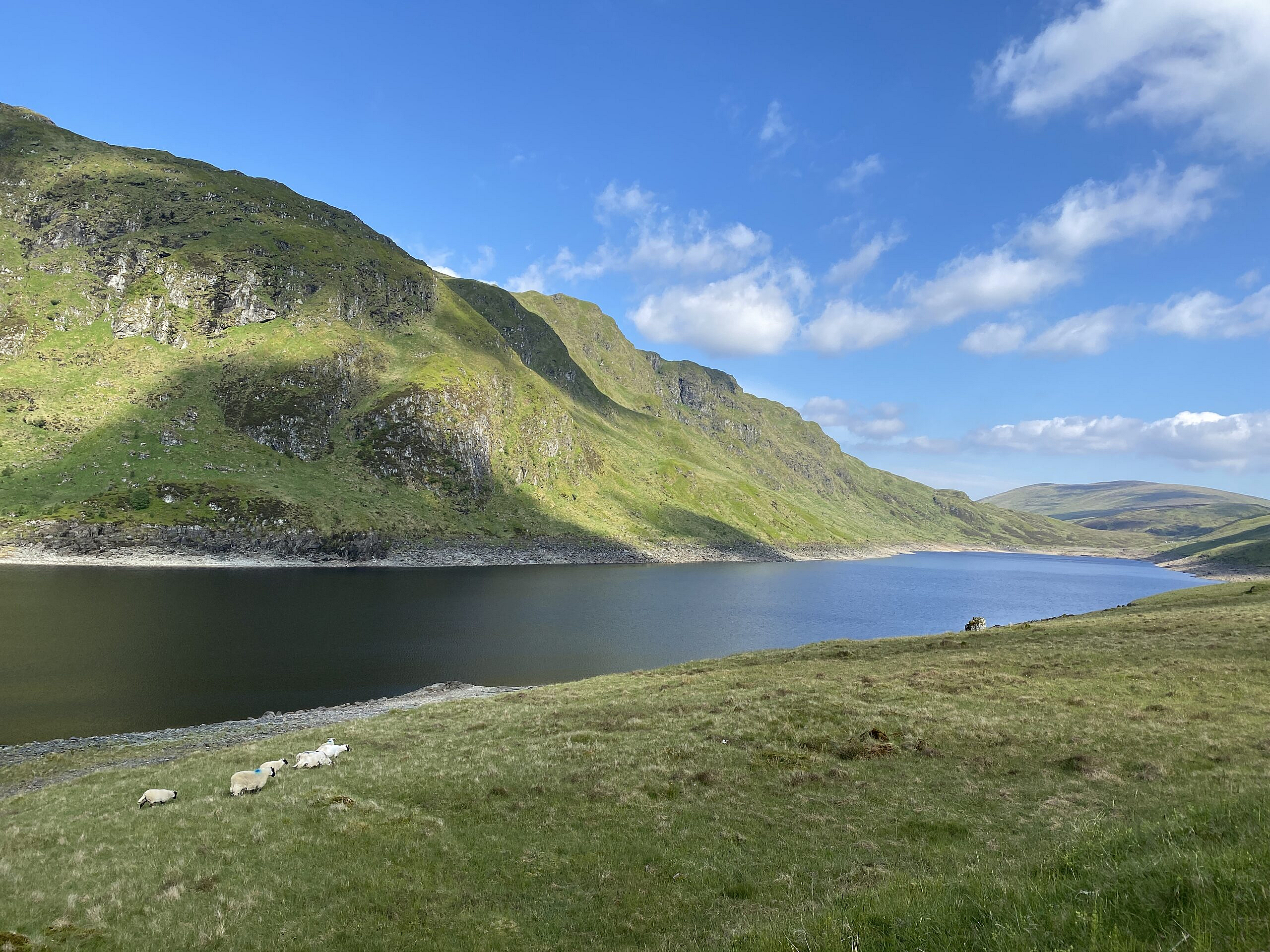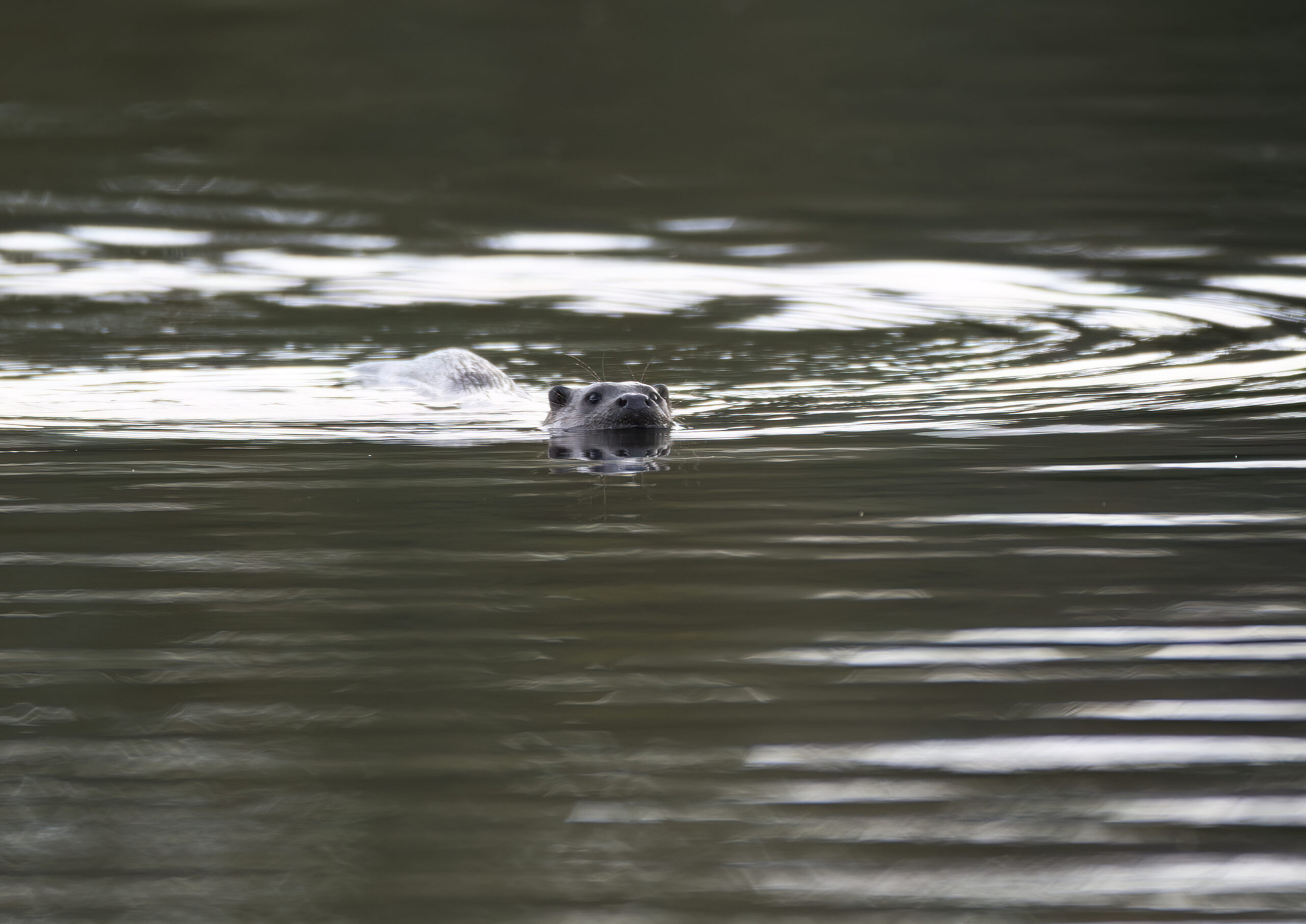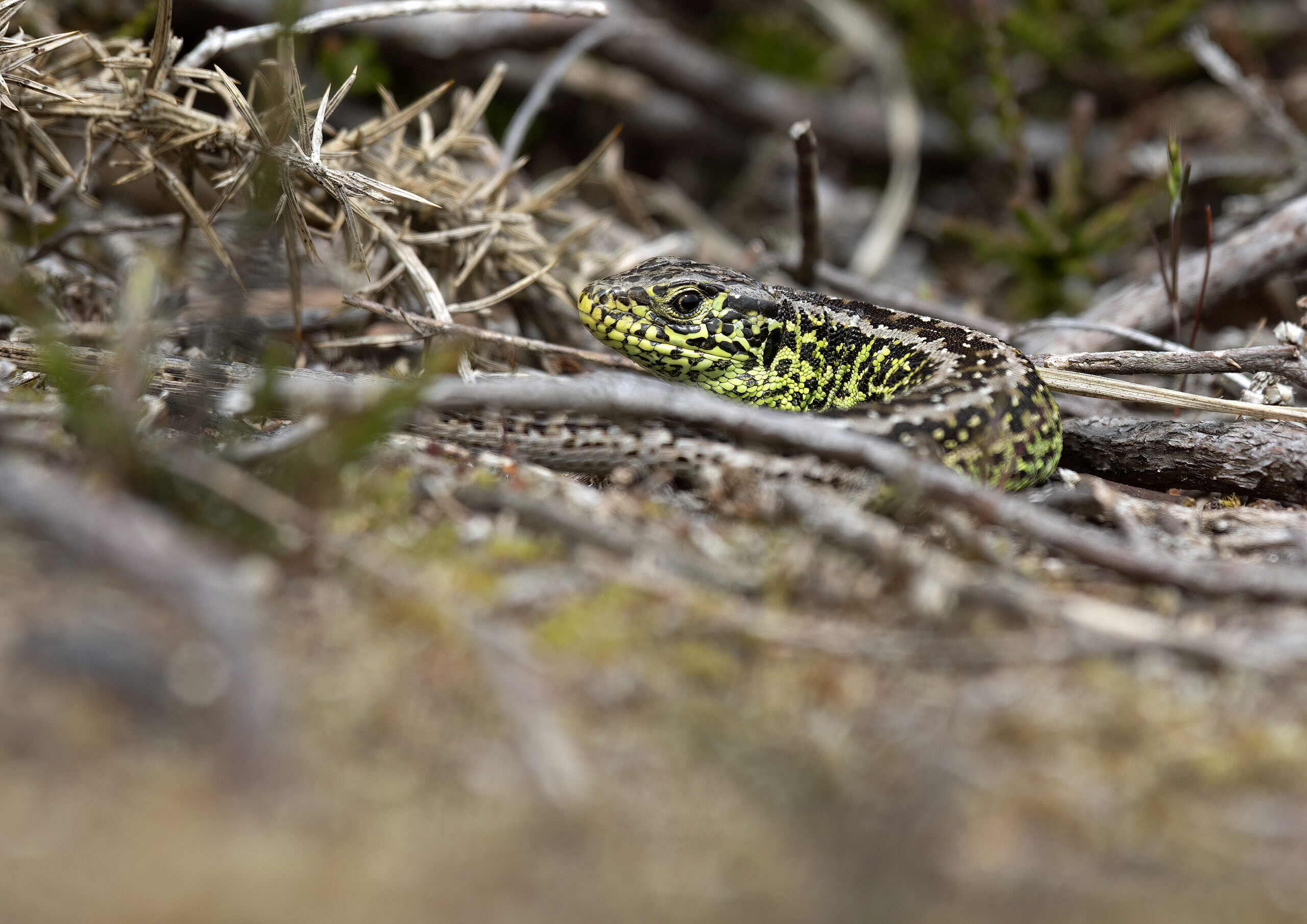Ok, fair enough, it’s not a bird, but rather a species of bird. It’s unusual in a number of ways, not the least of which is that it seems to like living near people. But it was particularly fond of World War Two, because Hitler’s bombs produced lots of rubble, and if there is one thing a Black Redstart likes, it’s rubble next to water and next to people.
The Black Redstart is a very scarce bird. The British population soars to perhaps 400 individuals in winter, and maybe a tenth of that number hang on to breed here. Like most of the rest of our wildlife, it’s in decline. When not assisted by high explosives, its normal habitat is dry, poorly-vegetated cliff faces near water, where crumbling rocks produce multiple nooks and crannies that the bird can breed in, and the nearby water produce a plentiful supply of midges. The bird itself is oddly beautiful. The male is almost completely grey, like a charcoal drawing brought to life. Its only concession is an orange-red rump, partly hidden under its tail. The female is like a pencil drawing, substituting a soft brown for the male’s grey. First breeding in the UK at Wembley Stadium in the 1920s, the black redstart is a bird that should have spread all over the UK by now. Although it is at the northern edge of its range here, global warming has softened the teeth of our winters and the bird should be thriving. But the black redstart faces stiff competition from the robin, that archetypally plucky, defiant British bird (although whisper it softly, many are actually Siberian imports). Robins and redstarts occupy a similar niche in the tree of life and robins are notoriously territorial and aggressive, with males known to attack anything red they see, including post-boxes and handkerchiefs. So sadly the black redstart is a soft Southerner up against some determined Northern grit, even if ‘Northern’ in this case means the UK’s south coast.

I tracked down a black redstart after several attempts, at Sheerness docks in Gloucestershire. Here, rusting hulks engaged in the long-drawn out death that ships suffer grind slowly at their moorings, awaiting their fate, and these provide the cliffs that the redstart wants. I finally spotted it, high up the railings of the lighthouse of a decommissioned lightship. After several hours of watching it flit to and fro, it seemed to develop a curiosity for me, and flew down to the fence to better look at its stalker. But seconds later it flew on, and it was then that I saw the real reason for its fence visit. Not curiosity about me, but rather a female, dancing on the roof of some nearby cottages. Redstarts often breed in close proximity to people, and so my hope is that if I return in a few weeks time, the UK’s black redstart population may have climbed by 1% or so.





Social Profiles